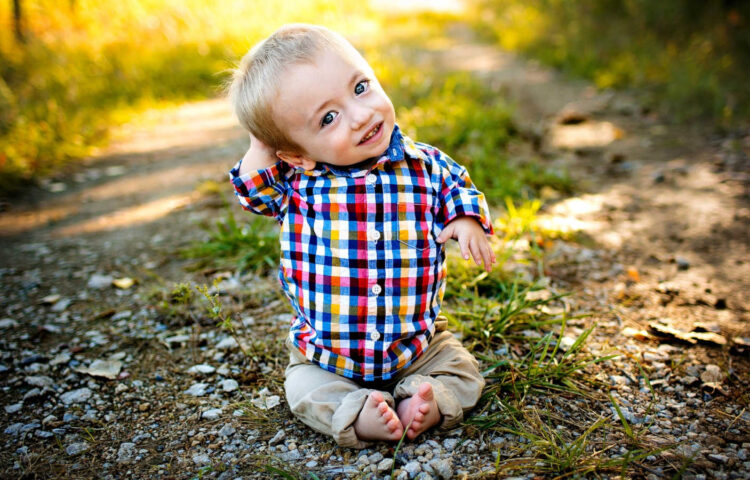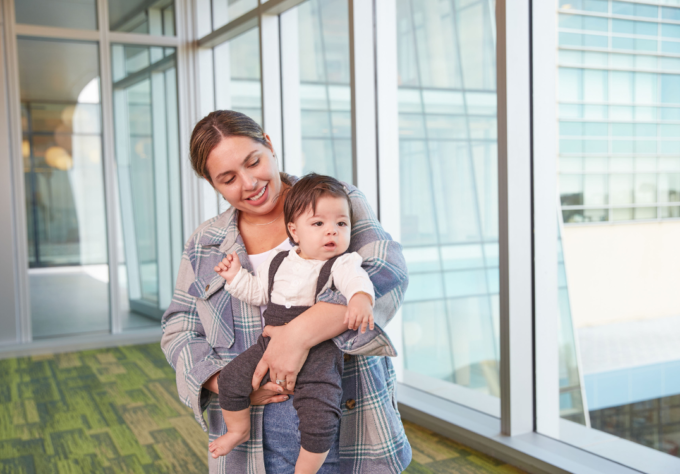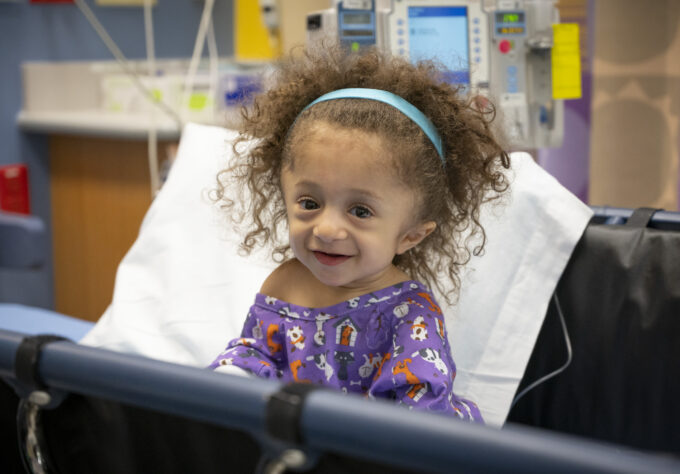As originally posted on “Love What Matters,” written and submitted by mom, Marcella Stanley
“‘I’m sorry, but I don’t think he’s going to make it.’
My husband and I sat flabbergasted, the tears instantly streaming while I struggled to breathe. A room filled with nearly a dozen people stared awkwardly at us as we faced every parent’s worst nightmare. This was not how this day was supposed to go.
We found out exactly four weeks prior, at our 20-week ultrasound, that our baby boy had a form of dwarfism. The initial concern was that it was a lethal condition, due to the severity of his skeletal abnormalities and how early they presented in the pregnancy. However, my amazing local OB and maternal fetal medicine physicians researched, and after painstakingly detailed ultrasounds, determined our son likely had a non-lethal skeletal dysplasia.
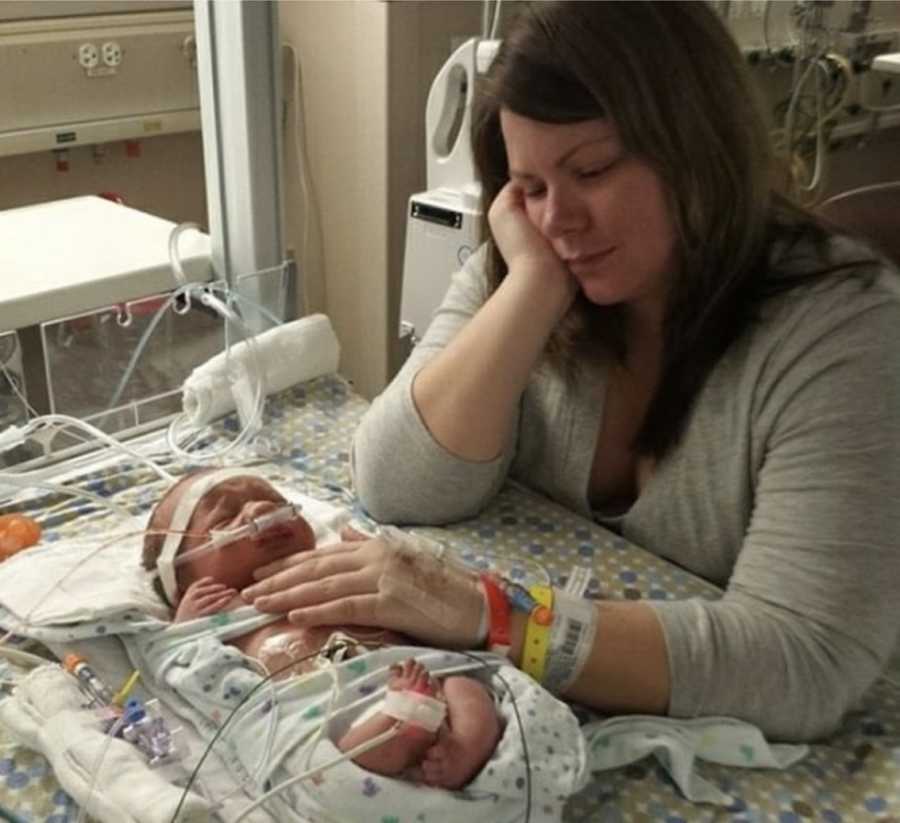
His limbs were awfully short, but his chest was average sized, meaning he had adequate room for his lungs to develop. His organs were present and we appeared to be functioning appropriately. However, to err on the side of caution, we were referred to a higher level NICU at a children’s hospital three hours away to rule out any major cardiac problems. There we met the head of fetal cardiology, who reassured us there were no obvious cardiac issues. Everything appeared ok. Which is why we were so stunned when the head of fetal health informed us our baby didn’t stand a chance.
I began questioning his claims. How is this possible with a healthy heart and average sized chest? His brain is fine, his kidneys are fine. Short limbs alone are not incompatible with life. As I demanded more specific measurements and reasoning for his declaration, the doctor became increasingly uncomfortable. He finally excused himself, but not before adding, ‘and if by some miracle he lives, he will never walk.’
That day was the line in the sand for us; as parents, as spouses, and as a team. We had no room for naysayers. We weren’t appalled by the doctor’s claims, but by his lack of research. He gave our baby a death sentence without so much as reading my ultrasound. He saw ‘dwarfism’ in my chart and wrote us off. At that moment, you were on the Brody team, or you were out. We believed in Brody, and we needed a team around us that did too.
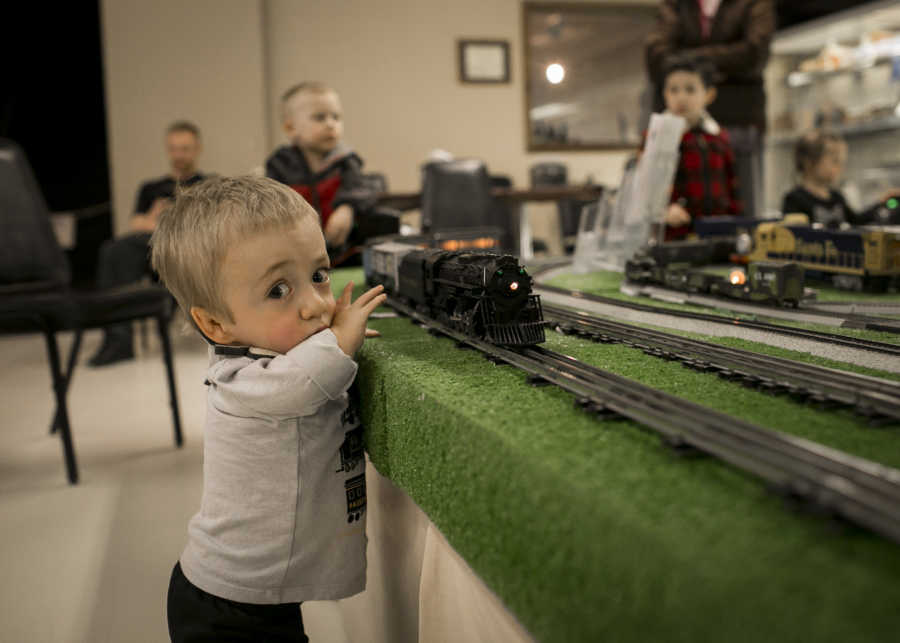
The following months leading up to his delivery were spent in obsessive research. We found our local chapter of Little People of America and were in touch with other parents of children with dwarfism. We found online communities. We researched local genetics teams, pediatricians, and orthopedists. And quickly we learned the best place in the world for the treatment of dwarfism and its complications, was in Wilmington, Delaware. The day Brody was born, we reached out to the Skeletal Dysplasia team at Nemours/Alfred I. duPont Hospital for Children from our hospital room in Wichita, Kansas. If that’s where the best care was, that’s where we would go. Brody was in their system before we left our local NICU 18 days later.
Our research led us to actually diagnose Brody immediately after birth and before the neonatal team did. His obvious features of hitchhiker thumbs, clubbed feet, and cleft palate were textbook for Diastrophic Dysplasia. Diastrophic dysplasia is one of the most common forms of dwarfism, although there are over 300 different types. And it is not without difficulties. We learned early on how tough our baby was. He needed assistance breathing immediately after birth. Due to his cleft palate, he had troubles feeding and required a special bottle called a Haberman feeder. Because of his clubbed feet we spent the majority of his first nine months of life in casts, followed by a tenotomy, and several more months of boots and bar.
At six months old, we made our first trip to Wilmington to see our team at Nemours duPont Hospital for Children. At that visit we learned Brody also had a severe cervical kyphosis – meaning his neck had an abnormal curvature. He then began wearing a cervical collar 24 hours a day, which he remains in.
At 18 months old, Brody underwent surgical repair of his cleft palate, along with ear tube placement. He recovered amazingly from this. However, he had developed other spinal issues five months after his cleft palate repair required treatment for his scoliosis. The week before his second birthday, we began the process of serial Risser casting. This means every three months, he is intubated and sedated, and placed in traction to reduce his scoliosis, while his torso is casted to maintain this correction. It means no baths, no pools, no water. And it royally sucks. It also is not a cure, but rather a method of delaying the inevitable spinal fusion he will require, separate from his neck issues.
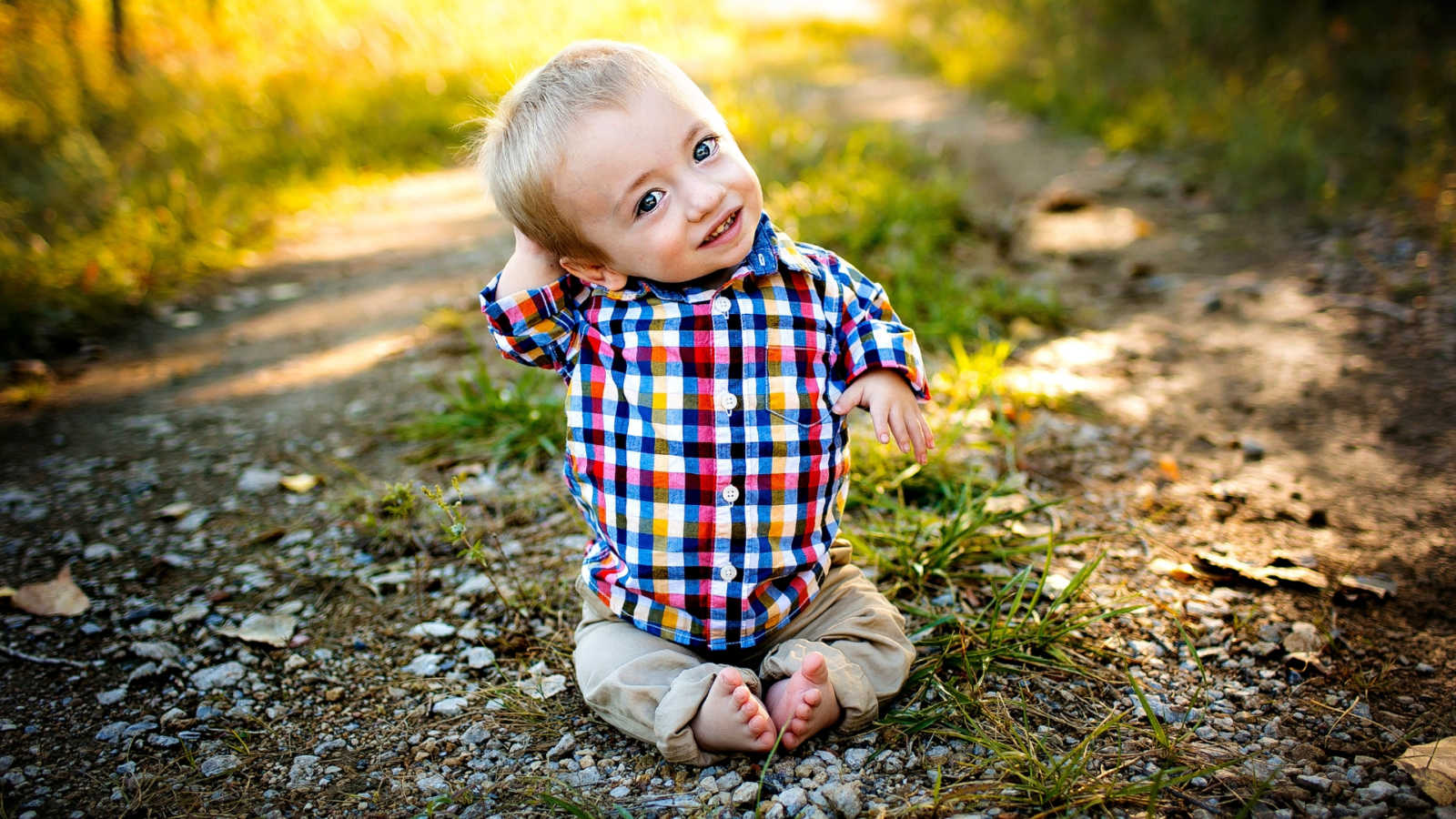
After two and a half years of monitoring his cervical kyphosis, the time came this past spring to repair his neck surgically. Brody was placed in a halo and was in traction for two weeks in the hospital. There is no amount of research to prepare you of what its like to have your child essentially in a metal cage.
After two weeks of this, he underwent a 5-hour surgery to fuse his neck, and was again discharged after an 18 day stay, just like his time in the NICU. The amount of PTSD this has on children, and parents too, is overwhelming. Following surgery Brody would not allow us out of his sight. He had to sleep near us, as he woke up multiple times a night from nightmares.
After a total of 99 days in the halo, he finally had it removed on September 5th. He still has scars from this, as do mom and dad, although ours aren’t as obvious. It is an experience one can’t understand unless they’ve lived it. Much like the last four years have been for us.
Despite the seemingly never-ending medical procedures, there is so much more to Brody than his dwarfism. He is the funniest, smartest, most adorable child we have ever seen (not that we are biased). We have encountered countless other assumptions based off of his dwarfism. It isn’t uncommon that I am asked if Brody is mentally impaired from his condition (he is not, and few forms of dwarfism result in any mental disability). It is appalling to me that someone thinks it is acceptable to question a child’s mental facilities based on their stature. But even in 2018, there remains so many stereotypes against people with dwarfism.
I often wonder what life would have been like had we not known about his dwarfism before he was born, but overall I think its best we were aware. We were told to prepare to bury our child. We were given a prognosis of doom and gloom. And while I would never wish that on my worst enemy, it gives you a different perspective. We can conquer all the hurdles that have been placed before us, because we have prepared for the worst.
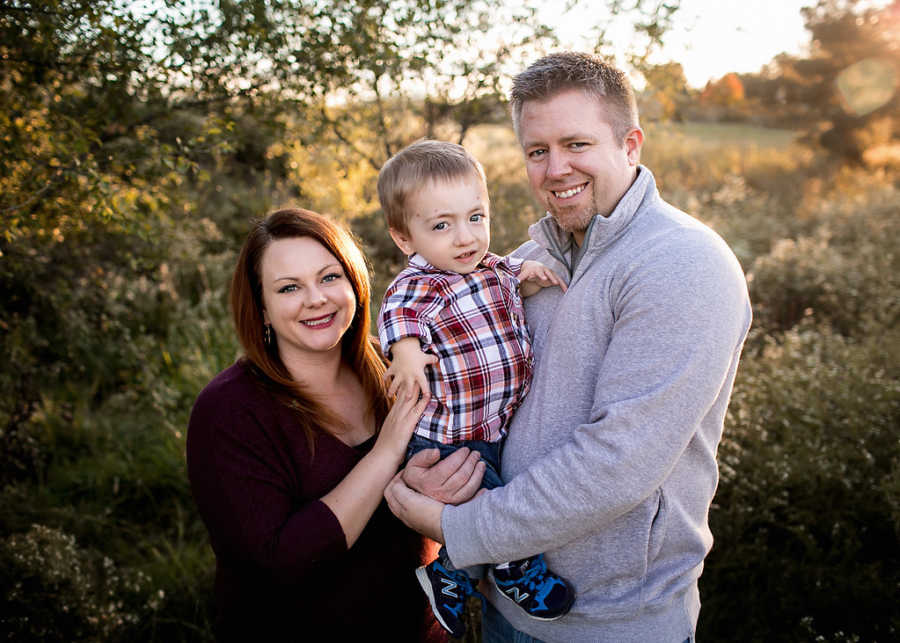
We started Brody’s Big Adventure to help those parents find support. It is important that other families that find themselves in the position we were in know that doctors often aren’t correct in the prenatal diagnosis of skeletal dysplasias. We have heard similar stories, time and time again from around the world, of parents who were told their children would either die or amount to nothing because of their dwarfism.
We believe it’s our mission to help end these preconceived, archaic ideas both from medical professionals and the general public. It is time to stop thinking that shorter than equals less than. We are optimistic Brody will continue changing people’s minds, and lives too.”
